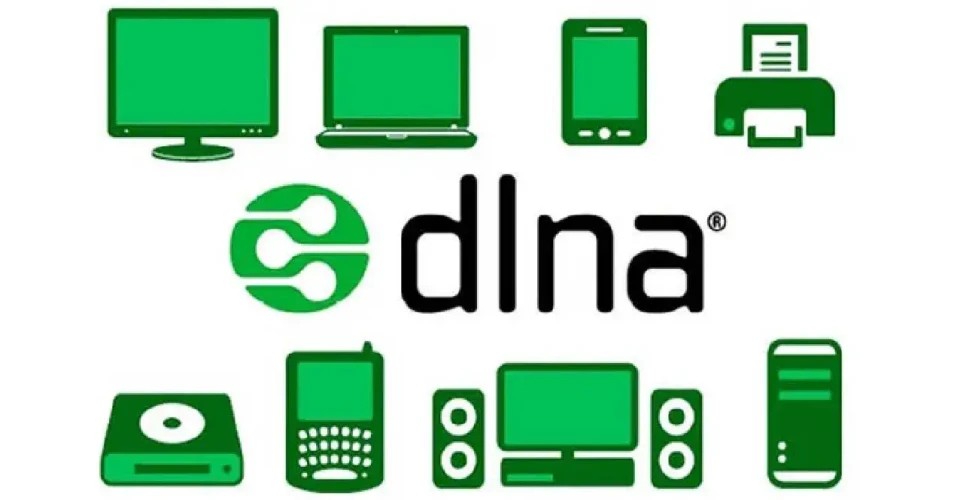
To use DLNA (Digital Living Network Alliance) on Debian KDE, you’ll typically want to either:
- Share media (videos, music, pictures) from your Debian system as a DLNA server, or
- Browse and play media from other DLNA servers as a DLNA client.
Here's how to do both:
✅ 1. Install a DLNA Server (to Share Media)
A popular choice is MiniDLNA (ReadyMedia), which is lightweight and simple to set up.
Install MiniDLNA:
sudo apt update
sudo apt install minidlna
Configure MiniDLNA:
Edit the config file:
sudo nano /etc/minidlna.conf
Key settings to change:
media_dir=/home/yourusername/Videos
media_dir=/home/yourusername/Music
media_dir=/home/yourusername/Pictures
friendly_name=DebianDLNA
inotify=yes
Then save and start the service:
sudo systemctl enable minidlna
sudo systemctl start minidlna
Force database rebuild (if needed):
sudo minidlnad -R
✅ 2. Use a DLNA Client (to Play Media)
To browse and play media from DLNA servers, you can use KDE-compatible clients:
Option A: VLC Media Player (GUI)
VLC supports DLNA/UPnP natively.
- Open VLC.
- Go to
View → Playlist. - In the left pane, go to
Local Network → Universal Plug'n'Play. - Browse and play available DLNA servers.
Install VLC:
sudo apt install vlc
Option B: Kodi (Media Center)
Kodi is a full media center with excellent DLNA support.
sudo apt install kodi
Then in Kodi:
- Go to
Videos → Files → Add Videos → Browse → UPnP Devices.
🛠️ 3. (Optional) DLNA Control via KDE
KDE doesn’t have a built-in DLNA manager, but you can use:
- Plasma Media Center (less maintained)
- BubbleUPnP (Android app to control devices)
- Or pair VLC with DLNA control points.
